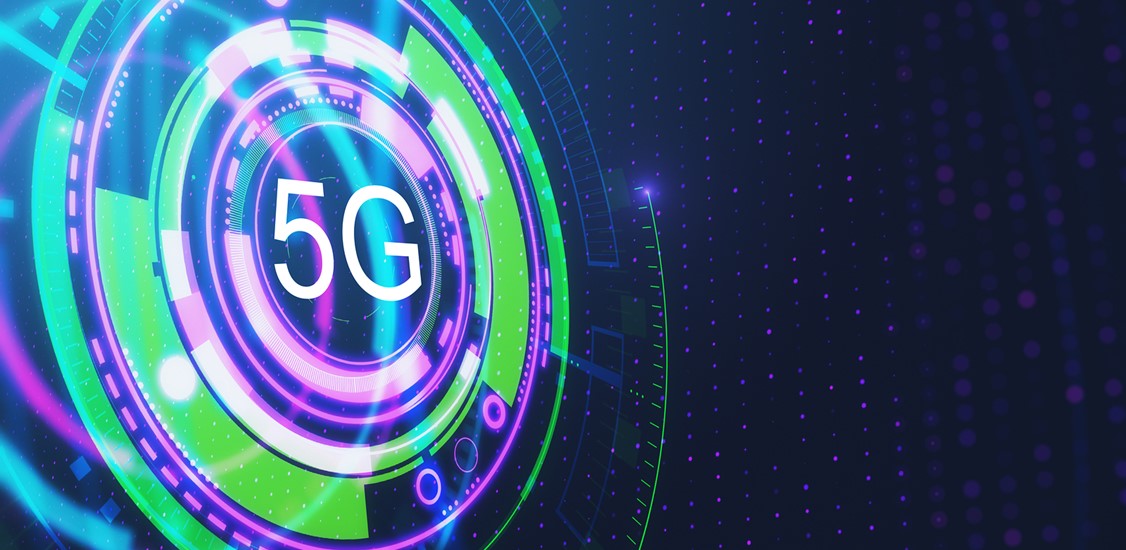What are we talking about? Is there a catch?
We are talking about a network that will revolutionize the communications industry by providing 100 faster transmission rates than existing 4G networks. The fifth-generation (5G) technology is here, and so is cloud computing. How will they redefine the future? Are we going to a new era of technology? In this article, we are going to look at 5G and cloud computing from an industry perspective. Get ready for some expert insights that will challenge the mere definition of a traditional network.
Will 5G and cloud really affect business efficiency and productivity?
The short answer is, yes. They can do it in several ways: more capacity, lower latency, and lower costs.
Speaking about capacity, the mere figure that 5G can handle 1 million Internet of Things (IoT) devices per square kilometer is astonishing. The current 4G latency is about 50 milliseconds. Taking into account that 5G offers 1 millisecond speed time, this will affect anything from streaming high-resolution video, audio, and images to customer communication. Now let’s look at the cost factor. Will it be more expensive or less expensive? The promise is that 5G will be cheaper. 4G consumes too many resources, and requires too much human oversight, so the cost per unit for 5G will be lower.
As you move to 5G, you need a scalable, secure, cloud-native infrastructure. Speaking of the public cloud, it has the following advantages as compared to on-premises infrastructure: no upfront hardware or software license costs, no cost for electricity, no maintenance costs, and a PAYG model.
What other areas are affected?
The 5G and cloud computing upgrade cycle has begun and several sectors play a critical role in this respect. We will witness critical modifications in cloud applications powered by 5G in semiconductors, infrastructure, and real estate.
Semiconductors play a critical role in the world of technology. Also referred to as chips, microchips, or microprocessors, they are everywhere. We meet these devices every day. With the advancement of IoT and Artificial Intelligence products, chips are becoming even more in demand. Beyond chips, manufacturers need hardware and infrastructure to produce their goods. To reach businesses and consumers, wireless 5G signals are needed to make the technology work. Finally, 5G requires towers and other fixed assets to function.
How 5G will change cloud computing?
Smart cities, virtual reality, augmented reality, 3D video - these are just elements of a big list that 5G and cloud computing can make possible. What does this mean in real life? It means improvement in energy use, transportation efficiency, smart appliances, and more. This will affect several industries, including healthcare, education, transportation, military, etc.
How could this become possible? Let us look at how 5G or any network operates. All networks operate by transmitting and receiving radio waves or radiofrequency electromagnetic fields. 4G operated roughly at 600 MHz to 2.5 GHz frequency spectrum. The frequency spectrum for sub-6 GHz 5G spans 450 MHz to 6 GHz. What does this mean for network communications? It means the data will travel faster from one point to another. This is critical since a lot of devices will be connected to the Internet, including smart appliances and other IoT devices.
But is it true that 5G will impact cloud applications for the network to function properly? The answer is a sharp “yes”. 5G-driven network cloudification is a pusher for new technologies. The union of 5G and cloud may shift a lot of paradigms with the potential to oversee the mobile and enterprise network. This itself challenges the definition of a network.
Many computing giants, including Intel and IBM, are investing in network cloudification. These networks are supplied with software-based applications rather than hardware architecture. These networks will gain from 5G’s improved speed and reliability and, above all, low latency.
Security concerns
Despite its promising future, cloudification powered by 5G may pose a range of security challenges. In fact, 5G has the most sophisticated security protocols. However, the mere fact that 5G may run on 4G infrastructure may result in the transfer of existing threats to the new network - despite all regulations. 5G security is real and today’s world has to face the challenges for the emergence of a qualitatively new technological world. Having said that, we need to note that cloud-based data storage is far more secure than data stored on-premises. This is particularly true for hybrid cloud computing.
Conclusion
Ericsson's Mobility Report says that, by 2023, about 20% of all mobile data traffic will be delivered through 5G networks. And things are about to get faster. A lot faster. The world is waiting so expect to see a boom in technologies that apply 5G and cloud computing. These two are interrelated. 5G itself will bring a major change in the cloud computing world. Expect to see a new technological world in the coming few years and new innovations powered by 5G and cloud computing.
So, what is the promise? We are expecting to witness 5G in virtually all sectors, including IoT, AI, and machine learning. New forms of data creation, storage, and transfer will be developed that will change not only the technology itself but will bring a new mindset in the public area. Something that we wouldn’t have believed some ten years ago, like doing heart surgery using augmented reality devices or processing data in volumes, is possible today.
So, where is the world moving? In this 21st century, the world is moving towards a new sphere of technical reality that may be overwhelming for a common mindset. We are moving to a new reality that will drastically disrupt the older paradigms and form conceptually new models of existence and coexistence in terms of social, economic, financial and regulatory relationships.
Expect to see robots at the battlefields or machine nurses at hospital wards. Is that good or bad? There is no clear-cut answer to this question right now. A lot depends on how secure these devices are or will be. But there is one more ‘but’ to all this hype - apart from being questionable in terms of security, are they ‘ethical’? While this is a valid question, it is yet to be cast in the spotlight of public discussions. Whether we want it or not, machines are here and we need to face the challenges that they will bring with them. Perhaps the question should not concern how ethical they are, but rather how we are going to live and coexist with them.




















